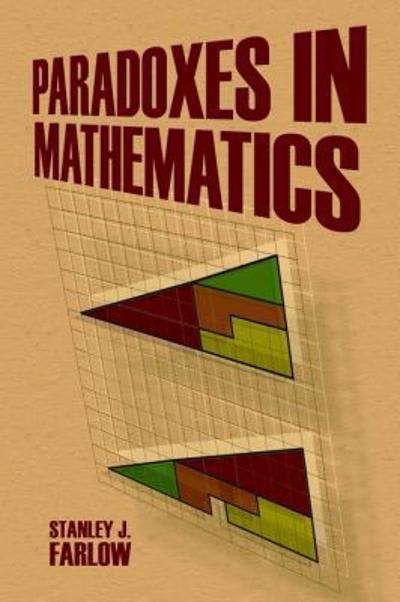Question
PLEASE HELP!!! SUMMARY OUTPUT Regression Statistics Multiple R 0.420288912 R Square 0.17664277 Adjusted R Square 0.174563585 Standard Error 2.505457775 Observations 398 ANOVA df SS MS
PLEASE HELP!!!
SUMMARY OUTPUT
Regression Statistics
Multiple R 0.420288912
R Square 0.17664277
Adjusted R Square 0.174563585
Standard Error 2.505457775
Observations 398
ANOVA
df SS MS F Significance F
Regression 1 533.3065575 533.3065575 84.95770025 1.82309E-18
Residual 396 2485.818191 6.277318665
Total 397 3019.124749
Coefficients Standard Error t Stat P-value Lower 95% Upper 95% Lower90.0% Upper 90.0%
Intercept 12.0811332 0.398608729 30.30825047 3.1867E-105 11.29747935 12.86478704 11.42394276 12.73832363
X Variable 0.148289202 0.016088226 9.217250146 1.82309E-18 0.116660191 0.179918214 0.121764374 0.174814031
This sort of a mess because it will not let me load my excel picture
Among the many attributes of cars that impact fuel efficiency, the ability to accelerate from 0-to-60 MPH is rarely discussed. Download that data set that follows. Then run a regression analysis predicting fuel efficiency as measured by MPG based on Acceleration time as a predictor.Your results will be used in the next several problems.
1)How much correlation is there between the variables?
Round to three decimals and use leading zeros if necessary.
2)How much of the variability in MPG is explained by acceleration?
Round to three decimals and use leading zeros if necessary.
3) What is your decision regarding the null hypothesis of 1?
Reject the null because p > 0.05.
Reject the null because p < 0.05
Fail to reject the null because p > 0.05
Fail to reject the null because p < 0.05
4) What are the degrees of freedom for the t-test of 1?
5) Using only the confidence interval approach, at = 0.05, the conclusion about the 1 hypothesis test is:
Reject the null hypothesis because the value of the null is outside the interval.
Reject the null hypothesis because the value of the null is inside the interval.
Fail to reject the null hypothesis because the value of the null is outside the interval.
Fail to reject the null hypothesis because the value of the null is inside the interval.
6) What is the 90% confidence interval around 1?
0952902 - 8.986684
0937129 - 1.44528
1.601134 - 8.338452
0.978131 - 1.404278
7) How are the degrees of freedom error computed?
n
n-1
k
k-1
n-k
n-k-1
8) At = 0.05, is the overall model significant?
No, F* < Fc
The test is inconclusive because 0.05 < p < 0.10
Yes, F* < Fc, and p < 0.05.
Yes, F* > Fc, and p < 0.05.
Yes, F* > Fc, and p > 0.05.
9) What is your decision about the null hypothesis for the overall model?
Reject the null
The test is inconclusive
Fail to reject
10) The model of the data is described by =+ *x
Round each entry to three decimals.
11) If x is increased by one unit, how much does y-hat increase?
Round to three decimals.
12) Predict the value of y given acceleration is 10.75.
Round to three decimals.
Step by Step Solution
There are 3 Steps involved in it
Step: 1

Get Instant Access to Expert-Tailored Solutions
See step-by-step solutions with expert insights and AI powered tools for academic success
Step: 2

Step: 3

Ace Your Homework with AI
Get the answers you need in no time with our AI-driven, step-by-step assistance
Get Started


